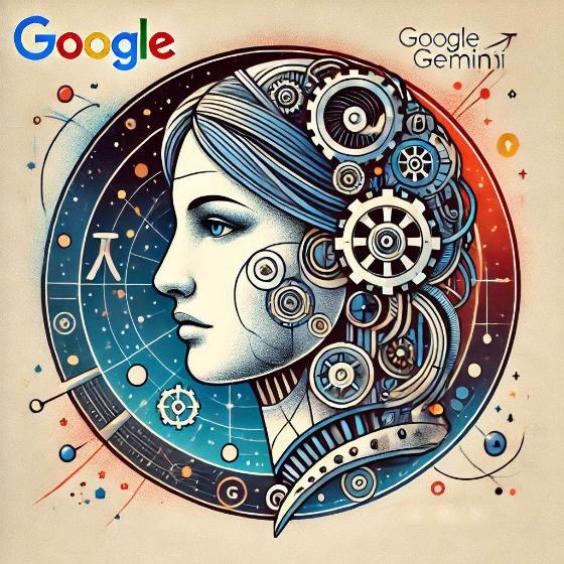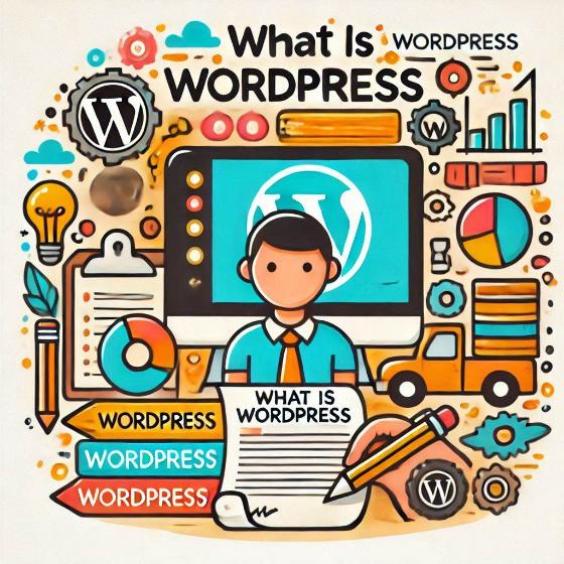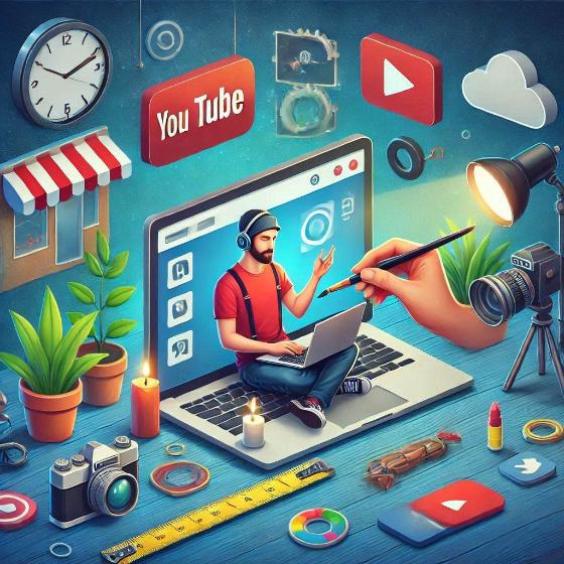The Power of Storytelling in Products: Connect with Your Customers on an Emotional Level
In the world of marketing and competitive differentiation, there is a tool that can make your products more attractive and memorable to your customers: storytelling. The narrative behind your products can connect with your customers on an emotional level, creating a deeper and more lasting connection. In this article, we will explore the power of storytelling in products and how you can take advantage of it to differentiate yourself from the competition.

What is Storytelling in Products?
Storytelling in products refers to the creation of a narrative that surrounds a product, which goes beyond its features and functional benefits. It is about creating a story that connects with the values, emotions, and experiences of your customers, making the product more meaningful and memorable. This narrative can be told through different channels, such as advertising, marketing content, social media, and the customer experience.
Examples of Storytelling in Products
- Patagonia: The outdoor clothing brand Patagonia is known for its commitment to sustainability and the environment. Its story is centered on the passion for nature and the responsibility to protect it. This connects with the values of its customers and makes them feel that they are contributing to a greater cause.
- Warby Parker: The eyewear brand Warby Parker has a story that focuses on accessibility and inclusion. Its business model is based on offering high-quality glasses at an affordable price, which allows it to connect with customers who are looking for a more accessible option.
- Apple: The technology brand Apple is known for its focus on innovation and design. Its story is centered on the idea that technology can change people''s lives, making them feel that they are part of something bigger.
Benefits of Storytelling in Products
Storytelling in products can have several benefits for your brand and your customers. Some of the most important benefits are:
- Emotional connection: The narrative behind your products can connect with your customers on an emotional level, creating a deeper and more lasting connection.
- Competitive differentiation: Storytelling in products can help you differentiate yourself from the competition, making your products more memorable and attractive.
- Customer loyalty: The emotional connection created through storytelling can lead to greater customer loyalty, as customers feel more connected to the brand and its values.
- Increased sales: Storytelling in products can increase sales, as customers are more willing to pay for products that have an emotional meaning.
How to Create a Narrative of Stories for Your Products
Creating a narrative of stories for your products requires a deep understanding of your customers and their values as a brand. Here are some steps you can follow to create an effective narrative of stories:
- Know your customers: Understand your customers and their values, interests, and needs.
- Define your values: Define the values and mission of your brand, and how they relate to your products.
- Create a story: Create a story that connects with your customers and your values, and that is authentic and believable.
- Communicate your story: Communicate your story through different channels, such as advertising, marketing content, social media, and the customer experience.
Storytelling in products is a powerful tool that can connect with your customers on an emotional level, creating a deeper and more lasting connection. By creating a narrative of stories behind your products, you can differentiate yourself from the competition, increase customer loyalty, and increase sales. Remember that the key to creating an effective narrative of stories is to know your customers, define your values, and create an authentic and believable story.





